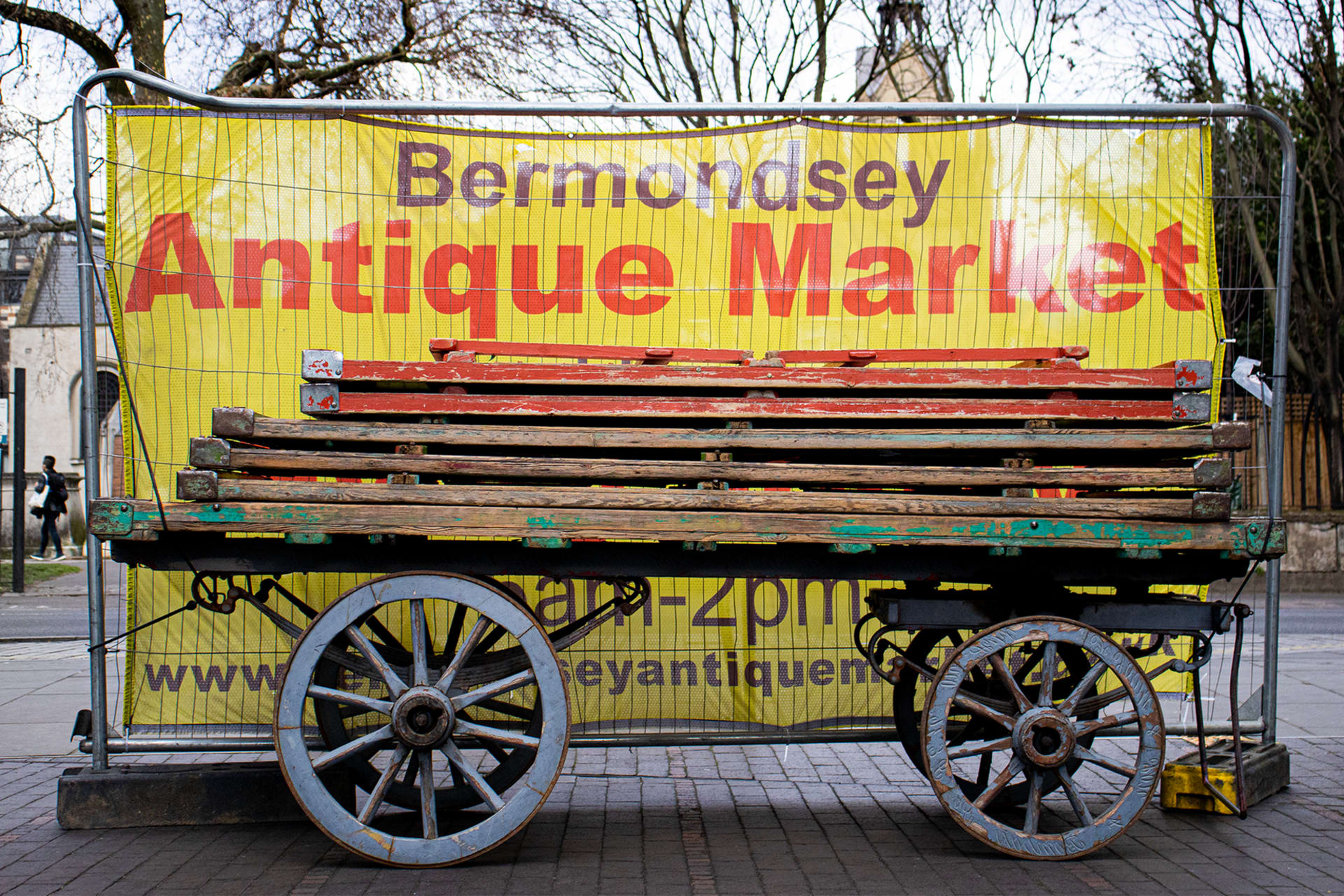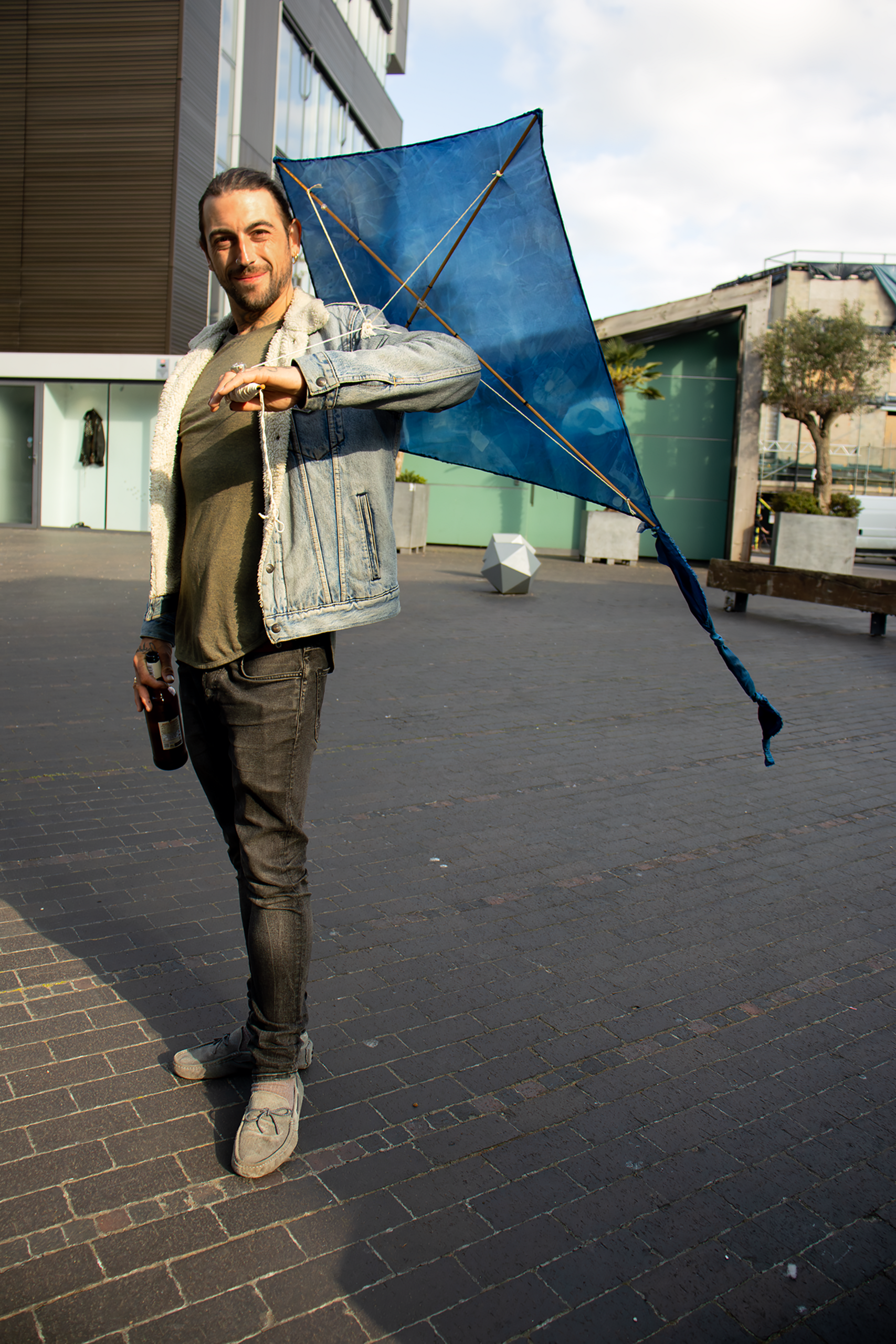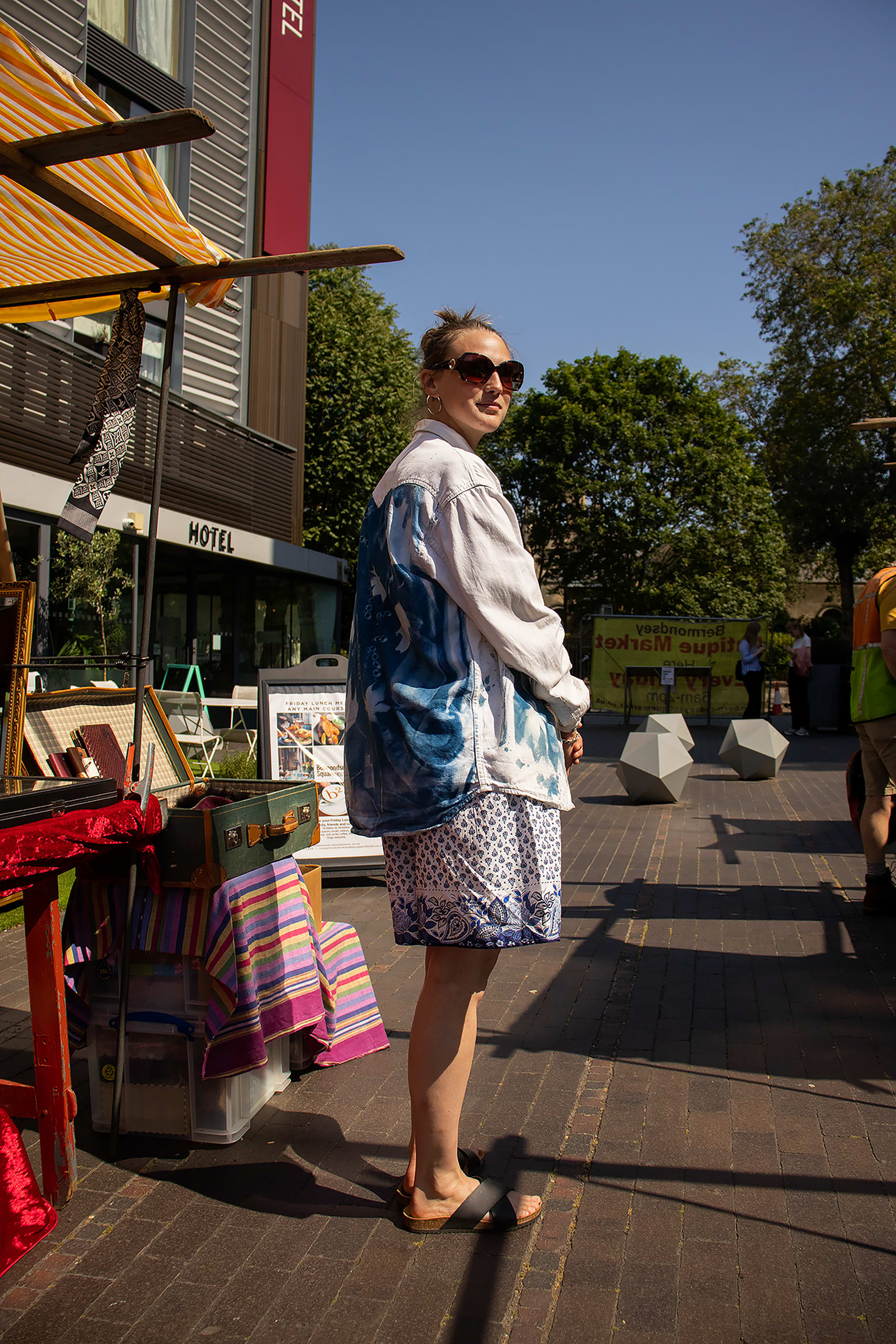I am a multidisciplinary practitioner and filmmaker. I am originally from the remote Cambridgeshire fenland but moved to London to study my foundation and BA at Central Saint Martins. Thanks to my rural upbringing and being immersed in nature since I was a child as well as participation in local village folk events, I am drawn to documenting traditional, historical and cultural rituals, crafts, practices and ways of life.
I have a passion for satire, activism and social justice, and work within themes of modernising traditional archives, oral histories and intergenerational knowledge exchange. My practice spotlights cultural and traditional heritages, their legacies and their ever-changing circumstances.
I work with a variety of mediums, typically analogue and digital film, sound design, soundscaping and as well as printmaking, drawing and illustration.
My work predominantly focuses on untold narratives told through stories of individuals characteristic of their communities as a whole, and through it I seek to raise awareness of broader community issues and wider social troubles.
These include the impact of Covid-19 on longstanding organisations, inequality and wealth distribution throughout the UK, as well as climate issues. More recently, I have focused on documenting market cultures in London’s East End, of which I have been a part for several years.





















